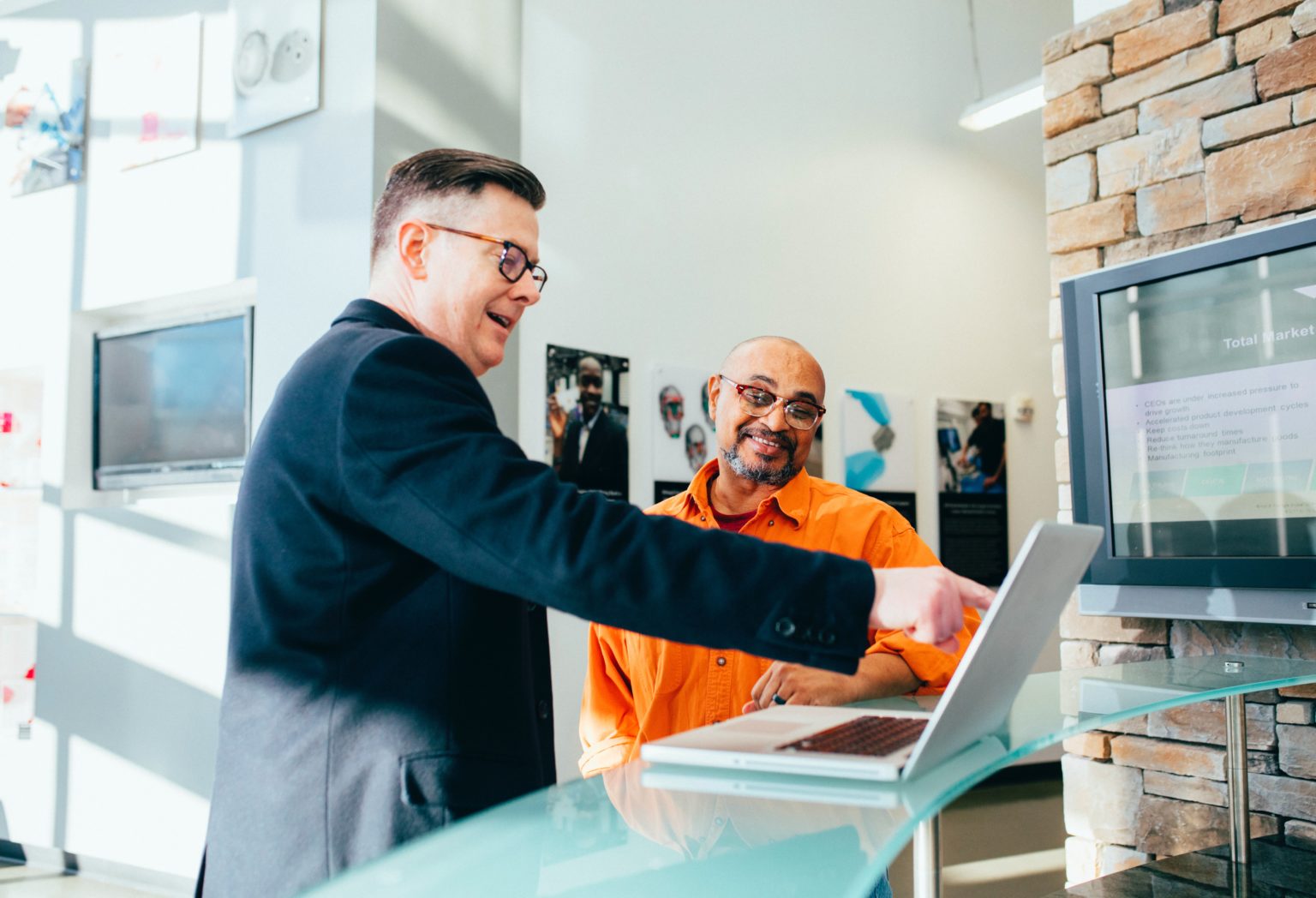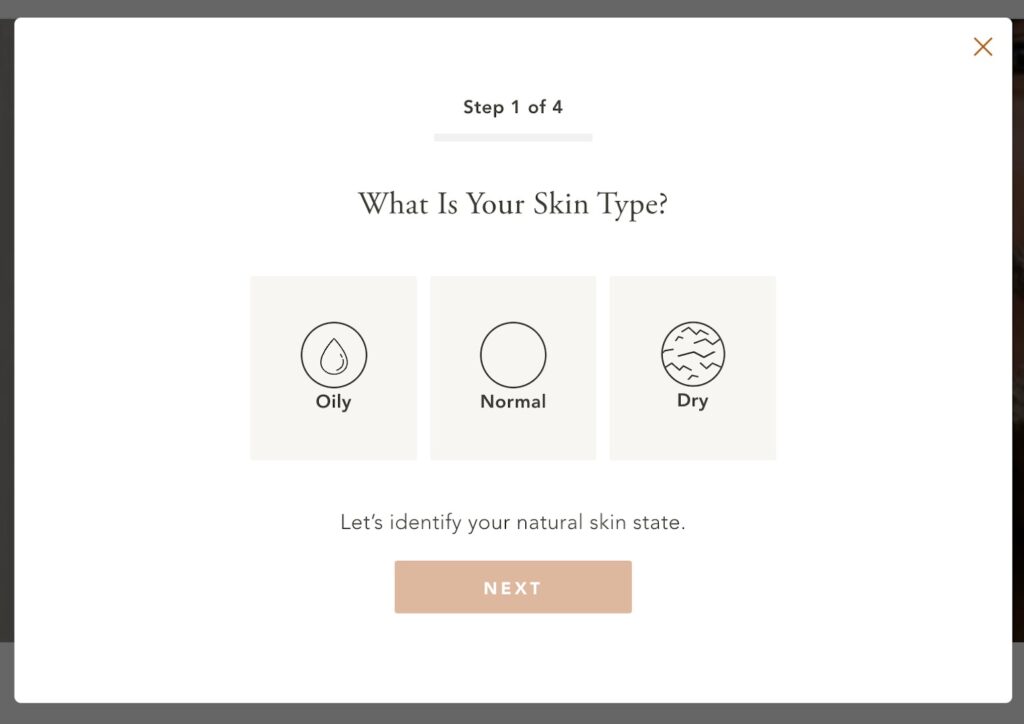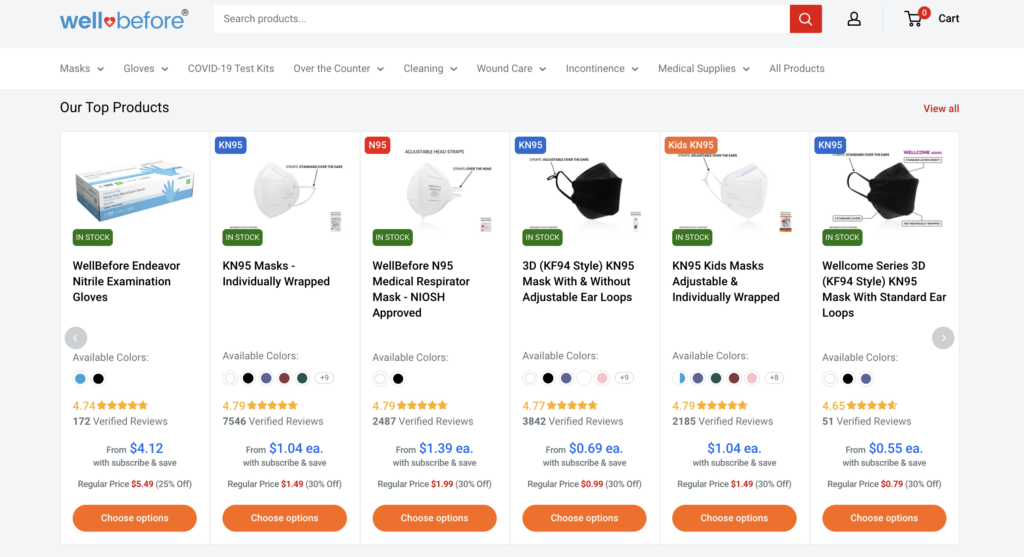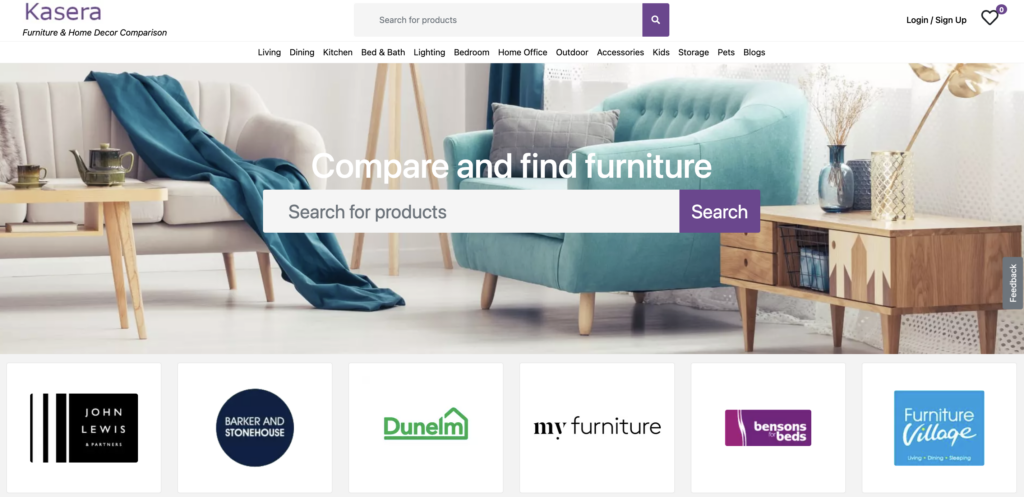6 retailers share their personalized e-commerce tactics that increase sales
Personalization in e-commerce doesn’t just make your customers feel special. It can drive more sales and keep customers coming back.

Personalization in e-commerce doesn’t just make your customers feel special. It can drive more sales and keep customers coming back.

If you ever visited a souvenir shop as a kid, you probably spent a good ten minutes staring at keychains.
But they weren’t just any keychains. They were name keychains.

These keychains weren’t special in and of themselves, but the fact that they had your name on them made you feel connected to them on a cosmic level.
Personalized products and experiences can be magnetic, and personal details don’t just look great on a keyring. For retailers, they can lead to a 10-15% increase in conversion rates.
This practice, known as personalized e-commerce, involves tailoring your customers’ shopping experiences to their preferences and behaviors. Using advanced analytics, machine learning, and artificial intelligence, you can analyze the data and deliver personalized recommendations in real time.
Let’s dig into some common e-commerce personalization tactics and hear from six retailers about how they use them to increase sales.
TABLE OF CONTENTS
Using data like pages viewed, past purchases, items they added to their cart, and average order value, you can segment customers and personalize their experiences at scale.
Here are some common e-commerce personalization tactics:
These are just a few of the many ways to increase sales with personalization, but the size of your store, your budget, and the types of products you sell will determine which will be most successful for you.
As the value of personalization continues to rise in the eyes of consumers, e-commerce retailers are adapting their customer experiences and marketing tactics.
I asked six retailers to share how they’ve incorporated personalization into their strategy.
As a leading men’s skincare brand, the importance of providing the right products for specific skin types is crucial to Caldera + Lab’s success.
In order to reach new potential customers, they needed a way to show buyers what they needed before they made a purchase.
That’s where the brand’s automation tool came in handy.
“At Caldera + Lab, we begin personalizing recommendations for our customers based on the skincare products they checked out on our social media feed.
Then we highlight that product on their next visit to our website with a step-by-step tutorial and video on how to apply the serum, inform them of its benefits, and include a short review from a loyal customer.
As our visitor scrolls further down the page, they see a user-generated video review clip for a fun and more engaging twist on traditional product reviews. By creating a more personalized experience on our website for our customers, we see a substantial increase in our subscribers and sales.”

Another way Caldera + Lab personalizes its customer experience is by providing a quiz with recommendations on product pages.
R3SET’s botanical stress management products thrive on repeat orders. To ensure customers continually order each month, they provide follow-up messages that are tailored to their product selection.
“At R3SET, we like to let our customers know how grateful we are that they use our products,” said Harris Rabin, co-founder and Chief Commercial Officer. “And it’s that gratitude that drives our automated order follow-up messaging.
We begin with the names we’ve collected from our subscribers and customers to create smart tags that enable us to quickly pull their name and include it in the email subject line.
As user actions generate customer appreciation emails, the subject line will also say what we’re thanking them for. For example, when a customer makes a purchase, we’ll say thanks with a special offer on their next purchase.
For high-value and repeat customers, we’ll let them know how much we appreciate their loyalty. And when clients leave feedback on our site, they’ll receive an email thanking them for taking the time to share their experience with our products and, within the email, suggest related products they may also like.
Our order follow-up messages really click with our customers as we see a significant increase in our click-through rate with each marketing campaign.”

Shahzil Amin, co-founder, and CEO at WellBefore, noticed that his customers often arrived at his website on a mission. They often sought out the most reviewed and highly rated products within a category.
As a result, he invested in backend web tools that automatically populate each page with the best-selling products appearing first and most prominently. This saves customers time and, as a result, creates a much smoother user experience.
“At WellBefore, our goal is to build amazing brands and products geared toward middle-class-and-under customer profiles. Our customers are savvy buyers, and they want to be sure the products they purchase are worth spending money on.
So, a personalized list of our best-selling and top-rated products greets them as soon as they land on our page. This bestseller list has an added dimension of popular products based on public health concerns and seasonal needs.
By implementing this metric in our bestseller list, we see significant increases in our click-through rate — nearly 50%. And our conversions have almost doubled.”
Stacey Kane, business development lead at Easy Merchant, has struggled with capturing customer attention in the fast-paced online marketplace, like many retailers. When she did manage to get their focus, she wanted to make the most of the opportunity by way of upselling.
Through personalized software that smartly paired recommended products with what customers had already selected, Easy Merchant was able to do just that.
“In general, customers are interested in buying more, but we’ve learned that to [get them to] do so means we need to offer them the correct information at the right moment.
We propose items and accessories related to what our clients look at or have in their carts to create a natural synergy without requiring them to browse our entire website.”
Ian Sells, co-founder, and CEO at RebateKey, has tried out a variety of personalization tools that added different value to his website: floating headers, mobile device targeting, lead magnet offers based on customer behaviors, and so on.
By far, his favorite and most profitable personalization tool is the kind that automatically segments his customers based on individualized product recommendations.
“Tracking visitors’ behavior is a very important tool that allows e-commerce sellers to offer the best products at the right time to their buyers. Time is of the essence.
For example, when we combined customer segmentation and individualized product recommendations, we boosted RebateKey’s sales [by] 25%.”
Because they sell everything from nursery furniture to home office accessories, generic marketing campaigns won’t cut it for Rahul Mohanachandran, co-founder and managing director at Kasera. There’s no way for the retailer to appeal to the masses with just one campaign.
Knowing what brought a customer to Kasera is crucial to providing marketing content that is relevant to their needs. Data tracking tools allow them to do just that.

“We use data from over a million products in our database to curate the list of products that are perfect for the customer’s needs,” said Mohanachandran.
“We have noticed over a 37% increase in engagement rate on such emails, with engagement defined as anything from clicks to marking products as favorites to making a transaction.
We believe that in an industry where the customer’s taste or preferences need to be considered, personalized e-commerce is the best way to provide the best experience.”
While every marketer we spoke to was in agreement that their investment in personalization has paid dividends, they were also in agreement on one other thing:
Personalization is not a single action.
“There’s not one single action that marketers can do to implement personalization. It’s a collection of different strategies and tools,” notes James Edge, founder of Crush The USMLE.
The increase in conversion rates and customer loyalty you stand to gain from personalization means it could be worth exploring for your marketing strategy.
Meghan Tocci is a content strategist at SimpleTexting. When she’s not writing about SaaS, she’s trying to teach her puppy Lou how to code. So far, not so good.
More Posts from Meghan TocciSee how one of Amazon's top supplement brands drives sales and connects with customers through their text marketing program.
ReadThe emergence of conversational commerce represents the next big opportunity for brands and retailers to capture and engage with their audience.
ReadStart a text marketing campaign or have a 1-on-1 conversation today. It's risk free. Sign up for a free 14-day trial today to see SimpleTexting in action.
No credit card required